Last updated 3 weeks ago ago | Originally Published: August 22, 2023
Discover the History of Halloween and Much More
Halloween, sometimes called All Hallows’ Eve, is celebrated annually on October 31st. Originating from ancient Celtic and Roman traditions, the holiday has evolved over the centuries into a day of festivities that include trick-or-treating, costume parties, and various other activities.
The essence of Halloween lies in its blend of spookiness and fun, making it a unique celebration that appeals to both children and adults.
What You Can Expect to Learn
In this post, we aim to provide you with an in-depth look into the multifaceted aspects of Halloween.
From its ancient origins to its current global popularity, we’ll examine all the elements that make Halloween a holiday of enduring appeal.
Expect to learn about the history, traditions, and global variations of Halloween and its impact on popular culture.
By the end of this post, you’ll have a well-rounded understanding of Halloween, equipped with knowledge that goes beyond the surface of costumes and candy.
When is Halloween in 2023?
Mark your calendars! In 2023, Halloween falls on a Tuesday, October 31st. It’s a day eagerly awaited by many as it brings together communities for a night filled with excitement, treats, and maybe a few tricks! Look for several Halloween parties to take place the weekend before.
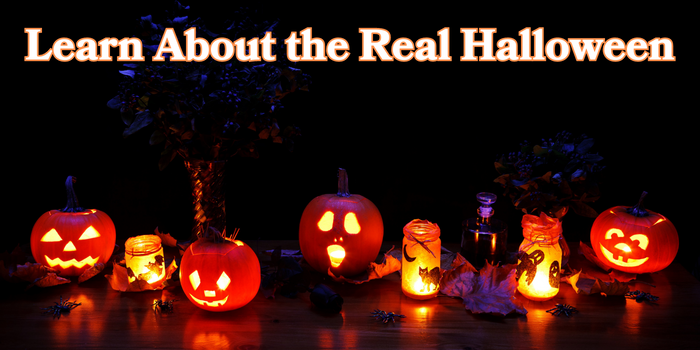
The Ancient Origins of Halloween
Before diving into the specific festivals and influences that shaped Halloween, it’s important to recognize that this holiday has deep historical roots that span multiple cultures and centuries.
Halloween didn’t just appear in its current form; it evolved over time, influenced by religious shifts, cultural exchanges, and even political changes.
The ancient origins of Halloween can be traced back to Celtic, Roman, and Christian traditions, each contributing unique elements to the holiday’s rich tapestry.
Understanding these ancient origins enriches our appreciation of Halloween and offers insights into how cultural practices can evolve and integrate over time.
In the sections that follow, we’ll explore the Celtic festival of Samhain, the Roman influences of Feralia and Pomona, and how these ancient celebrations coalesced into the Halloween we know today.
The Celtic Festival of Samhain
Long before Halloween became the holiday we know today, the ancient Celts celebrated Samhain (pronounced “sow-in”).
This festival marked the end of the harvest season and the beginning of winter, a time associated with death and the supernatural.
On the night of October 31st, it was believed that the boundary between the living and the dead became blurred, allowing spirits to roam the Earth.
To ward off these spirits, the Celts would light bonfires and wear costumes made of animal skins.
Roman Influence: Feralia and Pomona
As the Roman Empire expanded its territory, it also absorbed various cultural practices, including the Celtic festival of Samhain.
The Romans had their own festivals that resembled Samhain, such as Feralia, a day in late October when they traditionally commemorated the passing of the dead.
Another Roman festival was dedicated to Pomona, the goddess of fruit and trees, and it’s from this celebration that the bobbing for apples tradition likely originates.
Over time, these Roman festivals were amalgamated with Samhain, enriching its complexity and significance.
The Birth of Halloween
The term “Halloween” comes from “All Hallows’ Eve,” the evening before All Hallows’ Day, also known as All Saints’ Day.
As Christianity spread through Europe, the church sought to replace pagan festivals like Samhain with Christian observances.
All Saints’ Day was established to honor all the saints and martyrs, and its placement on November 1st was likely an effort to overshadow Samhain.
However, many ancient customs persisted and eventually evolved into the Halloween traditions we recognize today.
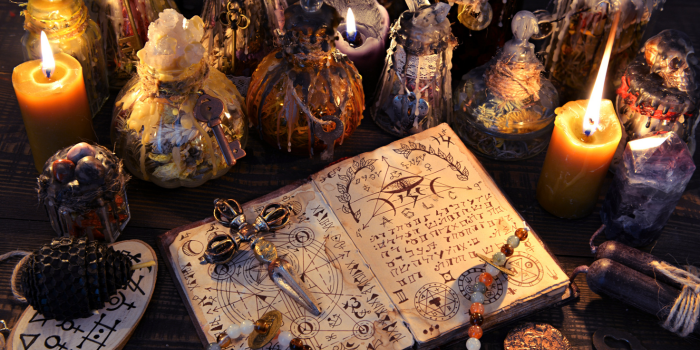
Halloween in Different Cultures
While Halloween is widely recognized for its spooky themes and playful activities, its celebration varies significantly across different cultures and regions.
In the United States, Halloween is often associated with trick-or-treating and elaborate costumes, but in other parts of the world, the holiday takes on different forms and meanings.
Some cultures focus more on the religious aspects, such as All Saints’ Day, while others delve into the holiday’s darker, more superstitious elements.
The variations in how Halloween is celebrated are a testament to its complex history and its ability to adapt and resonate with diverse communities.
In this section, we’ll examine how Halloween is celebrated in the USA, its relationship with All Saints’ Day, and the darker narratives that have sometimes cast a shadow over this popular holiday.
Halloween in the USA
As for Halloween in the US, it’s a major cultural event that transcends age groups. From young children going door-to-door for trick-or-treating to adults attending themed parties, the holiday celebrates creativity and community.
It’s also a commercial powerhouse, with sales of costumes, decorations, and candy skyrocketing every October.
The emphasis in the U.S. is often on the fun and fantastical elements of Halloween, making it a unique interpretation of the holiday that stands in contrast to its more somber or religious observances in other cultures.
Halloween vs. All Saints’ Day
In many European countries, the focus around the end of October and the beginning of November is on All Saints’ Day, a Christian holiday that honors saints and martyrs.
Unlike the revelry often associated with Halloween, All Saints’ Day is a more solemn occasion marked by church services and visits to the graves of loved ones.
While Halloween and All Saints’ Day share historical roots, their modern observances serve different cultural and religious functions, highlighting the adaptability of these ancient traditions.
Is Halloween Evil? The Dark History
While Halloween is generally considered a fun and harmless celebration, it has not been without its controversies. Some religious groups and individuals view Halloween as a celebration of evil or trivializing customs with serious spiritual implications.
Over the years, this perspective has led to debates and even calls to boycott the holiday. However, it’s essential to remember that Halloween’s “dark” elements are often exaggerated interpretations of ancient traditions, and the holiday itself is not inherently evil.
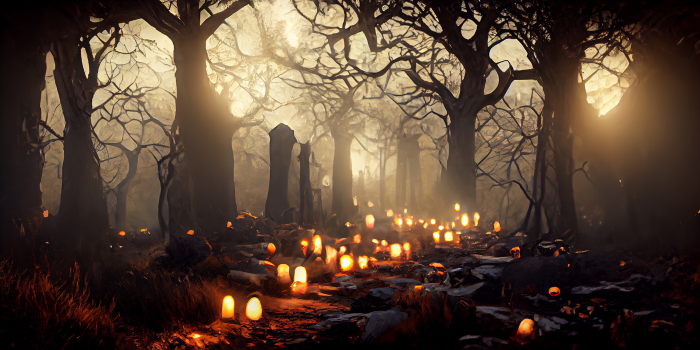
Modern-Day Halloween Traditions
While Halloween’s historical and cultural roots are fascinating, the various traditions that have evolved over time truly bring the holiday to life today.
These modern-day customs offer a blend of creativity, community engagement, and a touch of the spooky and mysterious.
From the simple joy of trick-or-treating to the elaborate planning that goes into Halloween parties and costumes, these traditions have become integral to the holiday’s contemporary appeal.
In this section, we’ll explore some of the most popular Halloween traditions, including trick-or-treating, costume selection, themed parties, and the role of candy in the celebrations.
Trick-or-Treating
Trick-or-treating is a Halloween tradition that captures the imagination of children and adults alike. Dressed in a variety of costumes, children go from house to house, collecting candy and sometimes even small toys.
But this tradition is more than just a fun activity; it has historic roots tracing back to medieval Europe.
In those times, it was common for the poor to go door-to-door on Hallowmas (November 1), receiving food in exchange for prayers for the dead.
This practice evolved over the centuries and crossed the Atlantic to become a quintessential part of American Halloween celebrations.
Today, neighborhoods come alive with the laughter and chatter of trick-or-treaters, making it one of the most community-oriented aspects of the holiday.
Halloween Costumes: What Should I Be for Halloween?
Selecting a Halloween costume can be an exciting yet challenging task. The options are virtually limitless, ranging from traditional choices like witches, ghosts, and vampires to pop culture icons and even meme-inspired outfits.
The process often involves a trip to the costume store and extensive online research, DIY crafting, and sometimes even professional makeup.
The effort people put into their costumes reflects the importance of individual expression during Halloween.
It’s a unique chance to step into another character, to be creative, and to stand out, making the quest for the perfect costume a significant part of the Halloween experience.
Halloween Parties and Themes
Halloween parties are a staple for many adults and offer a different kind of celebration compared to trick-or-treating.
These special parties often feature elaborate themes that require detailed planning and execution.
The possibilities are endless, from haunted house settings to retro horror film marathons.
Partygoers usually participate in costume contests, and activities may include pumpkin carving, apple bobbing, and various Halloween-themed games.
The effort and creativity that go into these parties make them memorable events and provide a social outlet for celebrating the holiday’s spookier aspects.
Halloween Candy
Candy is synonymous with Halloween for many people. The types of candy distributed during Halloween have evolved over the years, but some staples remain popular.
Candy corn, a sugary treat resembling a corn kernel, has been around since the late 19th century and remains a Halloween favorite.
Miniature chocolate bars, gummies, and other sugary delights also make their way into trick-or-treat bags.
However, it’s not just children who enjoy these treats; adults often purchase extra candy for themselves, and some even engage in candy trading to get their favorites.
The role of candy in Halloween celebrations highlights the holiday’s focus on indulgence and treats, balancing out its spookier elements.
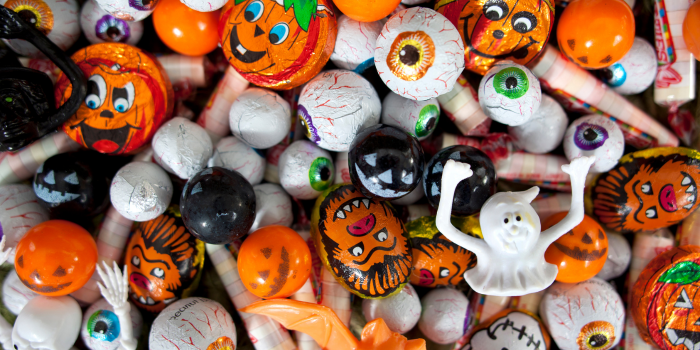
Halloween Around the World
Halloween may be most strongly associated with the United States, but its influence extends far beyond North American shores. The holiday has made its mark in various countries, each adapting the celebration to fit local customs, beliefs, and historical contexts.
Whether it’s the Day of the Dead in Mexico or the Hungry Ghost Festival in China, similar observances show that the themes of Halloween—honoring the deceased, confronting our fears, and the thinning of the veil between the living and the dead—are universal.
This section will explore the global reach of Halloween, looking at countries that have embraced it, festivals that share its themes, and the symbols that have come to define it.
Countries that Celebrate Halloween
In the United States, Halloween is a cultural cornerstone celebrated with enthusiasm. However, the holiday has also gained traction in other countries.
In Canada, the United Kingdom, and Ireland, Halloween is celebrated in ways that closely resemble U.S. traditions, including trick-or-treating and costume parties.
Mexico offers a unique take on its Day of the Dead (Día de los Muertos), a multi-day celebration that honors deceased loved ones with vibrant altars, food offerings, and visits to cemeteries. While not Halloween per se, it shares thematic similarities.
Similar Festivals Around the World
Beyond Halloween, several global festivals share the themes of honoring the dead and exploring the supernatural. China’s Hungry Ghost Festival involves families offering food and burning joss paper to appease wandering spirits.
In Japan, the Obon Festival is a Buddhist event that brings families together to honor their ancestors. Lanterns are lit, and traditional dances are performed, making it a deeply spiritual and communal event.
While not identical to Halloween, these festivals echo its core themes and show the universal human desire to connect with the afterlife.
Halloween Symbols and Their Meanings
The symbols commonly associated with Halloween are rich in history and meaning. The Jack-o’-lantern, a carved pumpkin with a lit candle inside, traces its origins to an Irish myth about a man named Stingy Jack who tricked the Devil and was doomed to wander the Earth with only a carved turnip to light his way.
Witches, often depicted flying on broomsticks, and black cats, considered by some to be witches’ familiars, have roots in European folklore and were once subjects of witch trials.
These symbols have evolved over time but continue to add layers of meaning and mystery to Halloween celebrations.
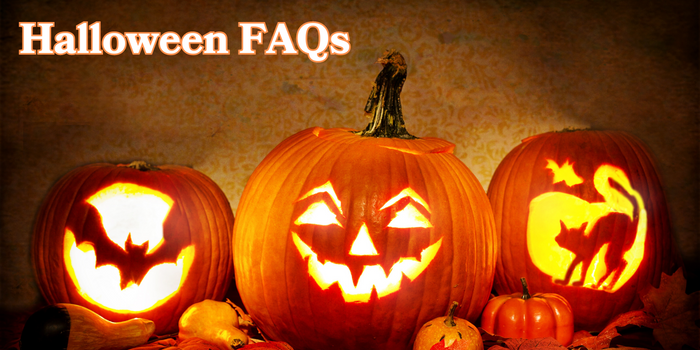
Halloween FAQs
Halloween is a holiday steeped in tradition, history, and cultural significance, but it raises many questions.
Whether you’re curious about its origins or intrigued by the myths and stories surrounding it, you’re not alone.
This section aims to answer some of the most commonly asked questions about Halloween, from its historical beginnings to the tales that add a touch of the supernatural to the celebrations.
Why Do We Celebrate Halloween?
The modern celebration of Halloween is a blend of various cultural and religious traditions. Initially rooted in the ancient Celtic festival of Samhain, it has evolved to become a day for costumes, candy, and community events. The holiday serves multiple purposes, from honoring the deceased to celebrating the imagination through costumes and storytelling.
Where Did Halloween Come From?
Halloween has a complex history that spans multiple cultures and centuries. It originated from the Celtic festival of Samhain, where people would light bonfires and wear costumes to ward off ghosts. With the spread of Christianity, some of these traditions were incorporated into Christian holidays like All Saints’ Day, eventually evolving into the Halloween we know today.
How Did Halloween Start?
The beginnings of Halloween can be traced back to the ancient Celtic festival of Samhain, celebrated on November 1. The Celts believed that on the night before Samhain, the boundary between the worlds of the living and the dead became blurred. They wore costumes and lit bonfires to protect themselves from wandering spirits. Over time, these practices were adapted and evolved, influenced by Christian and Roman traditions.
Halloween Ghost Stories and Myths
Halloween celebration is only complete with a good ghost story or myth. Tales of haunted houses, headless horsemen, and eerie apparitions have been part of Halloween folklore for generations. These stories entertain but also explore deeper themes of fear, mortality, and the unknown. They add an element of mystery and excitement to the holiday, making it a favorite time for storytelling.
Is Halloween Evil?
The question of whether Halloween is evil is subjective and varies from person to person based on their beliefs and cultural background. Here at Candy Retailer, we absolutely love Halloween and see it as a time for fun, creativity, and community.
What Are the Best Movies to Watch on Halloween?
Halloween is the perfect time to indulge in horror movies. Some classic U.S. horror films to consider are The Exorcist, Halloween, Psycho, The Shining, Get Out, A Nightmare on Elm Street, Texas Chainsaw Massacre, Scream, Poltergeist, and Rosemary’s Baby. You can visit The 100 Best Horror Movies of All Time for a more extensive list.
How to Safely Check Halloween Candy?
Safety is paramount when it comes to Halloween candy. Always inspect the candy for any unusual appearance, discoloration, or tiny pinholes in the wrappers. Discard any spoiled, unwrapped, or homemade items unless you know the giver personally.
Teach children only to accept commercially wrapped items. Remove choking hazards like gum, peanuts, and hard candies for young children. Portion out treats for the days following Halloween, and contact the American Association of Poison Control Centers at 1-800-222-1222 if you have any concerns.
Where Can I Buy Halloween Candy?
Finding Halloween candy is easier than ever. You can purchase it from various retailers like Amazon, Walmart, and Target. But for a specialized selection, look no further than right here at Candy Retailer! We offer a dedicated section for Halloween Candy ONLY, where it’s Halloween all year long. Check out our extensive range of Halloween Candy.

Final Thoughts on Halloween’s Rich History and Traditions
We’ve journeyed through the rich history, global influence, and enduring appeal of Halloween. From its ancient Celtic roots to modern-day celebrations, Halloween remains a fascinating and multi-faceted holiday.
As we look forward to Halloween 2023 and beyond, we can anticipate the usual joys—local costume parties, outdoor festivities, and, of course, lots of candy. But remember, no matter how you choose to celebrate, the key is to stay safe, have fun, and make smart choices!
Calling All Readers To Action
We’d love to hear your thoughts on Halloween! Share your stories, comments, and suggestions in the comments section below. And don’t forget, if you’re in the market for some delicious treats, be sure to check out our extensive collection of Halloween Candy available all year round.
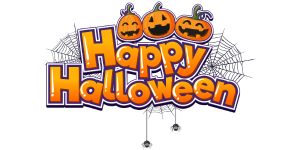

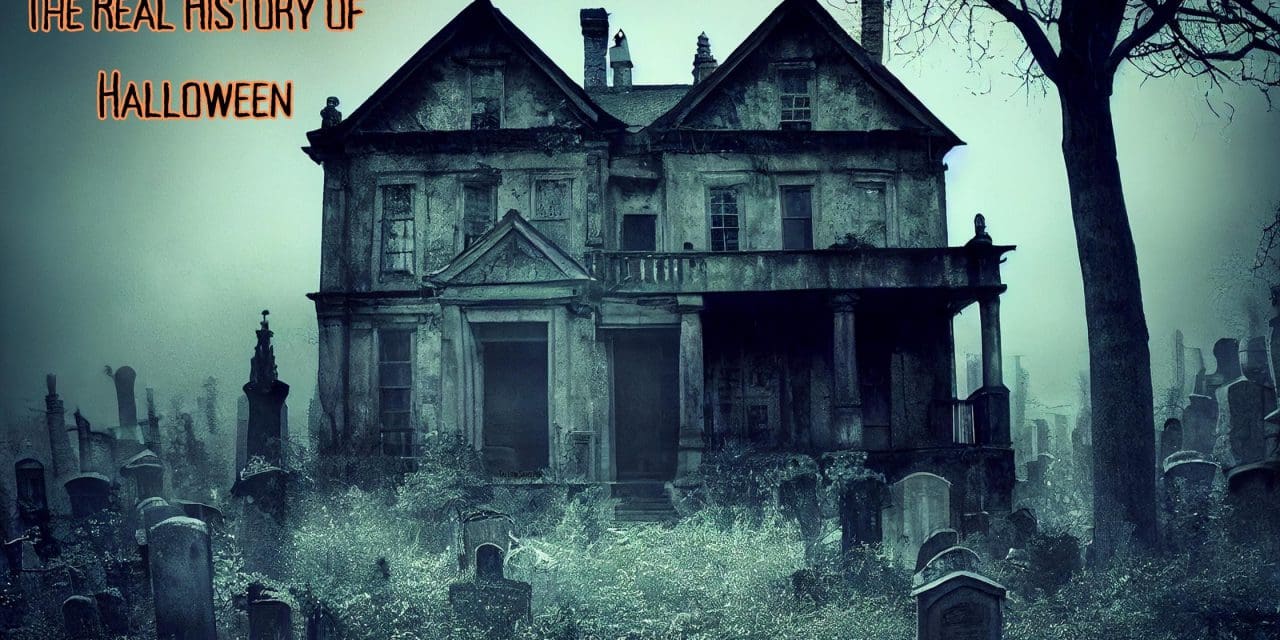

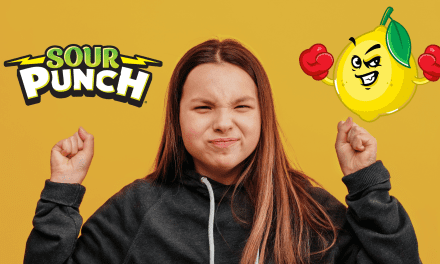


Recent Comments